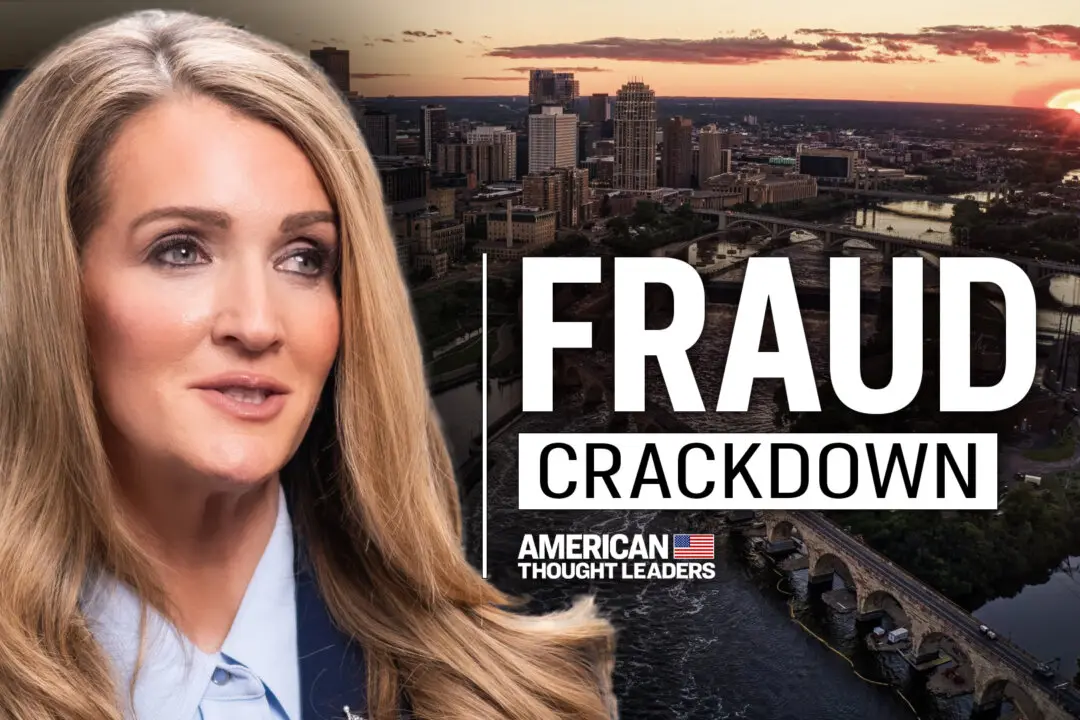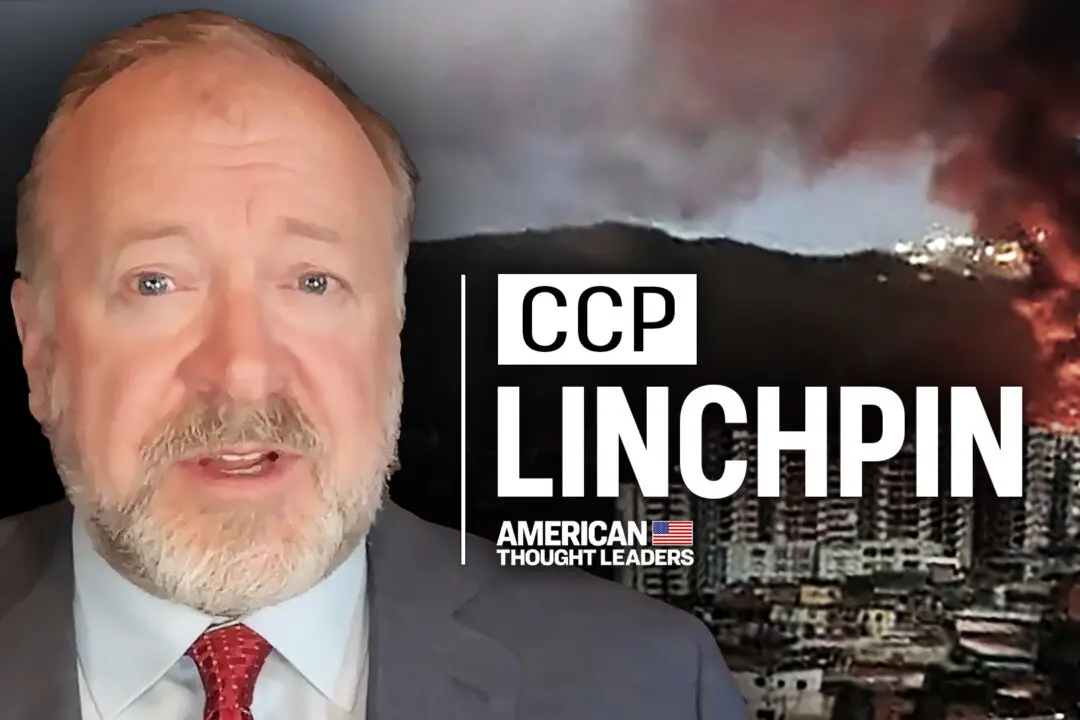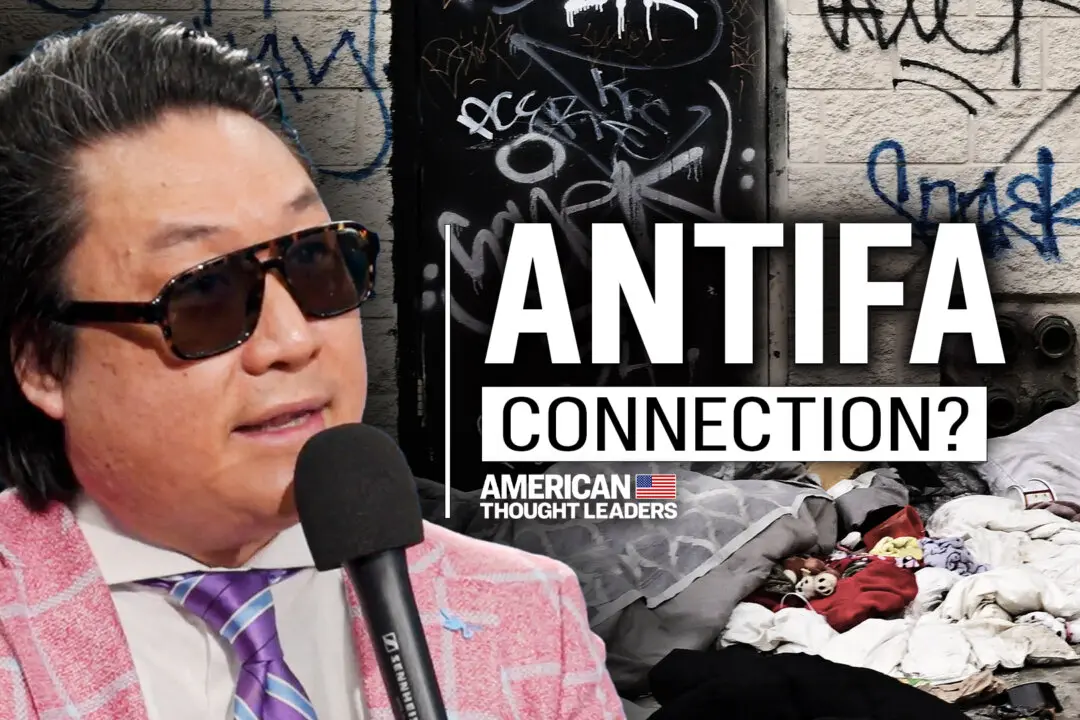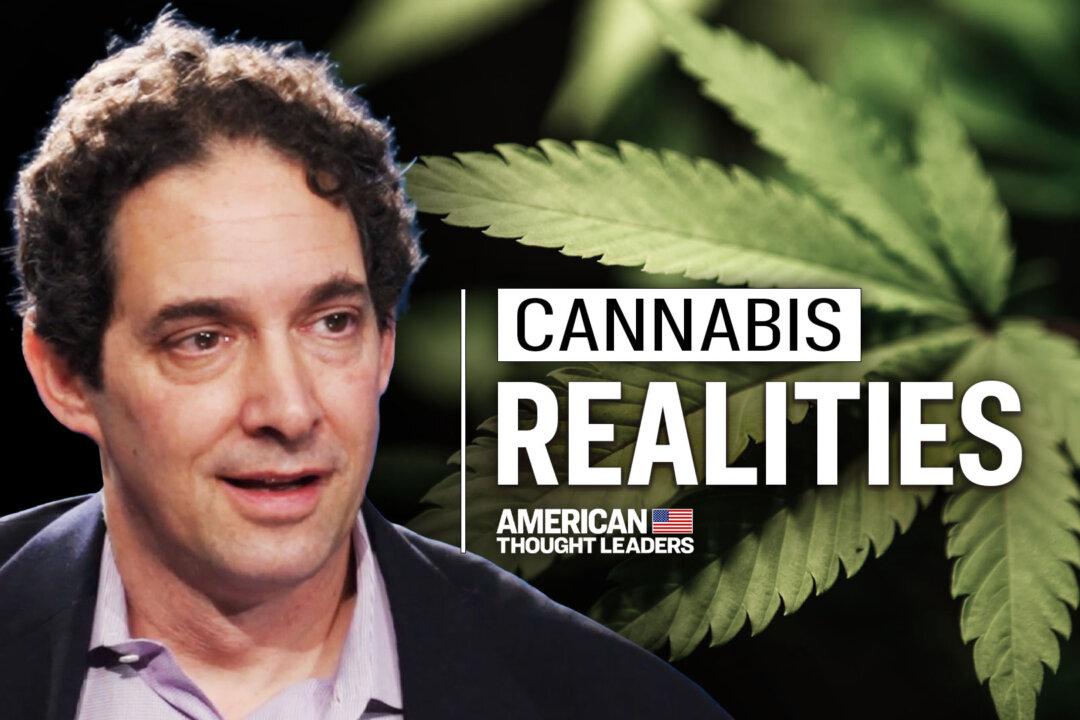“The biggest collusion of our day is the collusion between the national media and the Democratic Party,” Carrie Sheffield, national editor for Accuracy in Media, said in an interview with The Epoch Times for the “American Thought Leaders” program.
The problem is that the media, often while omitting key information, “pretends to be objective,” Sheffield said.





